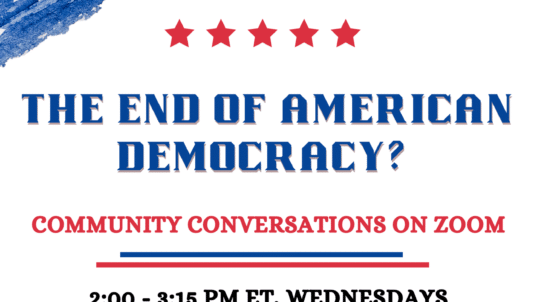
Image by Daniel Mena from Pixabay
Using silent thinking to disrupt herding behavior
Yolanda Cooper was frustrated. She liked to have her students discuss concepts she presented in class. But what usually happened is that the first student’s comment became the focus of the entire discussion. The result was a very limited or even one-dimensional exploration of the topic.
One day she decided to get out of this rut. Before she broke up the class into discussion groups, she asked each student to write down at least one relevant issue to explore on an index card. When the discussion groups were ready, she distributed a copy of the cards to each of the discussion facilitators. Then she asked the facilitators to make sure that each issue was discussed. The result was a much more expansive discussion of the overall topic. When Cooper collected the cards at the end of the discussions, she was also impressed that the silent generation of issues led to a broader range of issues than previous classes had uncovered, when she would have students respond immediately.
The first comments in a discussion often have an undue influence on the direction of a discussion. Often those comments are made by the most vocal or self-confident participants. This can lead to herding behavior, where subsequent comments all cluster around the first comment or comments. It can also lead to information cascades, where a strongly made comment deters individuals from deviating, even it if means disregarding their personal thoughts. This can be discouraging for those whose primary concerns don’t get discussed. Often, they won’t feel comfortable bringing up their issues when the rest of the group seems to have coalesced around the earliest comments. This is a recipe for groupthink, where adhering to the group consensus is more important than individual insights and critical reflection.
Students tend to censor themselves when they find they are an outlier from what seems to be the group consensus. All too often an entire group may be practicing self-censorship to fit in with the premature consensus. The result is a false sense of agreement.
We all want to be well liked by our peers, and students are no exception. In higher education, we frequently stress team work as a highly desirable skill. But students often take this as needing to be agreeable above all. Thus, the tendency not to bring up issues that diverge from what others have expressed.
The silent thinking process gives a sense of security to those who might have issues they wouldn’t feel comfortable bringing up orally. Silent idea generation also gives those who are shyer an opportunity to introduce topics that might otherwise be lost.
For the silent thinking process to work in the actual discussion, facilitators should aim to make a natural connection from one issue to another. This can help the discussion to flow, rather than creating the sense of a disconnected series of topics. The facilitator should also strive to have the group give an honest airing to each of the issues.
The silent thinking process is occasionally used in town hall meetings and political debates, but its application could be more widespread. How do you think you could put it to use–whether in classrooms or in other discussion contexts? How might it be adapted for videoconferencing discussions, where participants might feel more awkward about prolonged silences? What guidance might you offer so that anonymous responses aren’t misused as a way to raise abusive and hurtful issues? How could discussion groups avoid herding behavior and give the participants the confidence to raise issues that are important to them? Of course, those issues might be controversial and difficult for a group to deal with. Silent thinking might help a group make a transition from embracing the comfort of a premature and self-censoring consensus to embracing the discomfort of a genuine and wide-open exploration. Share your ideas and responses via Twitter @IFTalks or FaceBook @whatIFdiscussions.
* * *
Thinking through things is hard work and it sometimes seems safer to follow the crowd. That blind adherence to such group thinking is, in the long run, far more dangerous than independently thinking things through. – Thomas Watson, Jr., founder of IBM
This post is part of our “Think About” education series. These posts are based on composites of real-world experiences, with some details changed for the sake of anonymity. New posts appear Wednesday afternoons.



